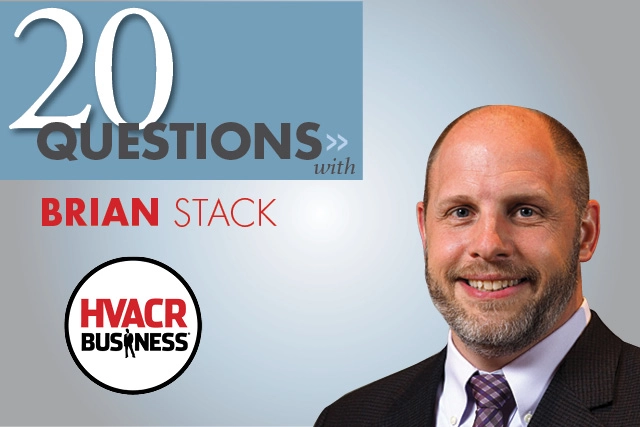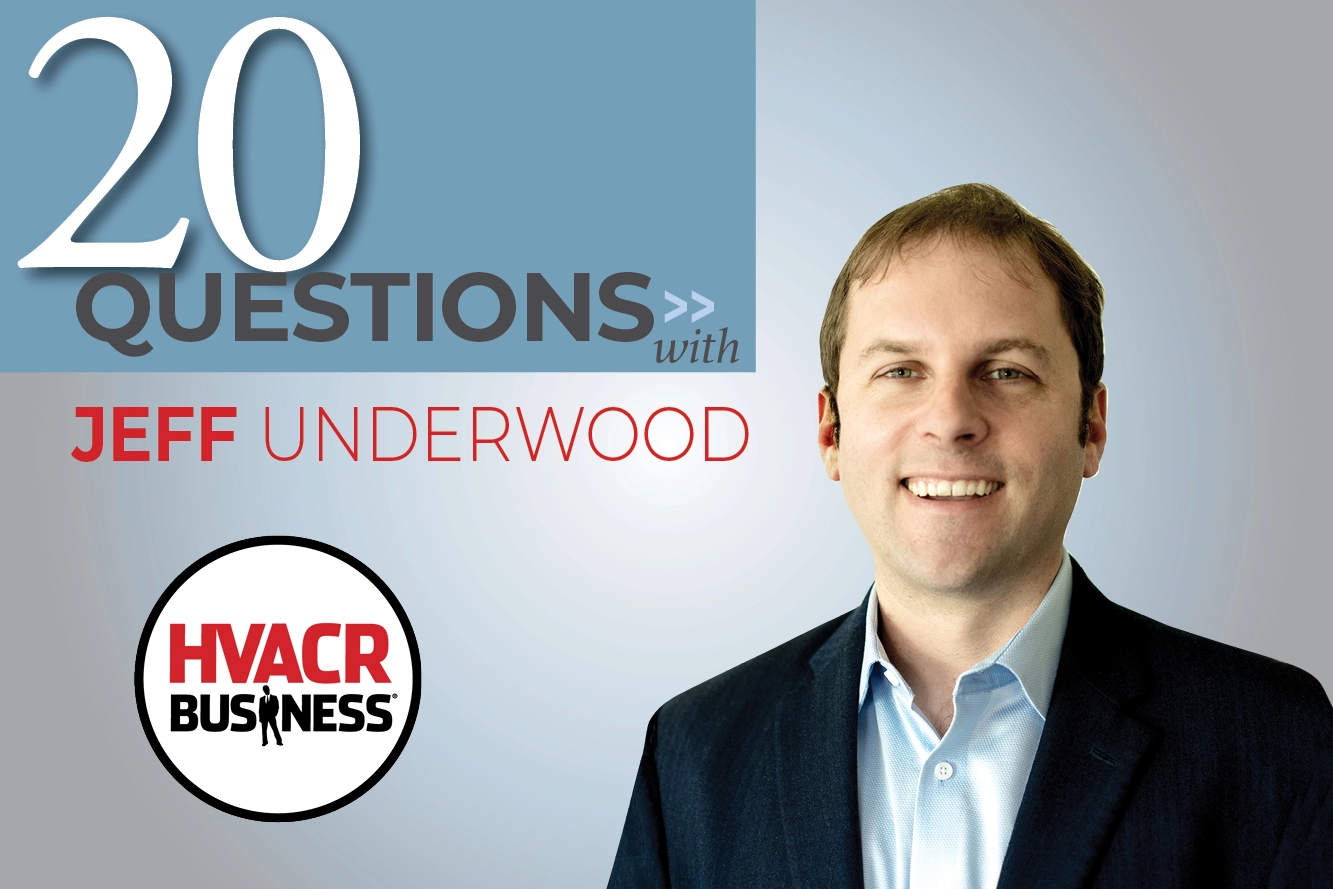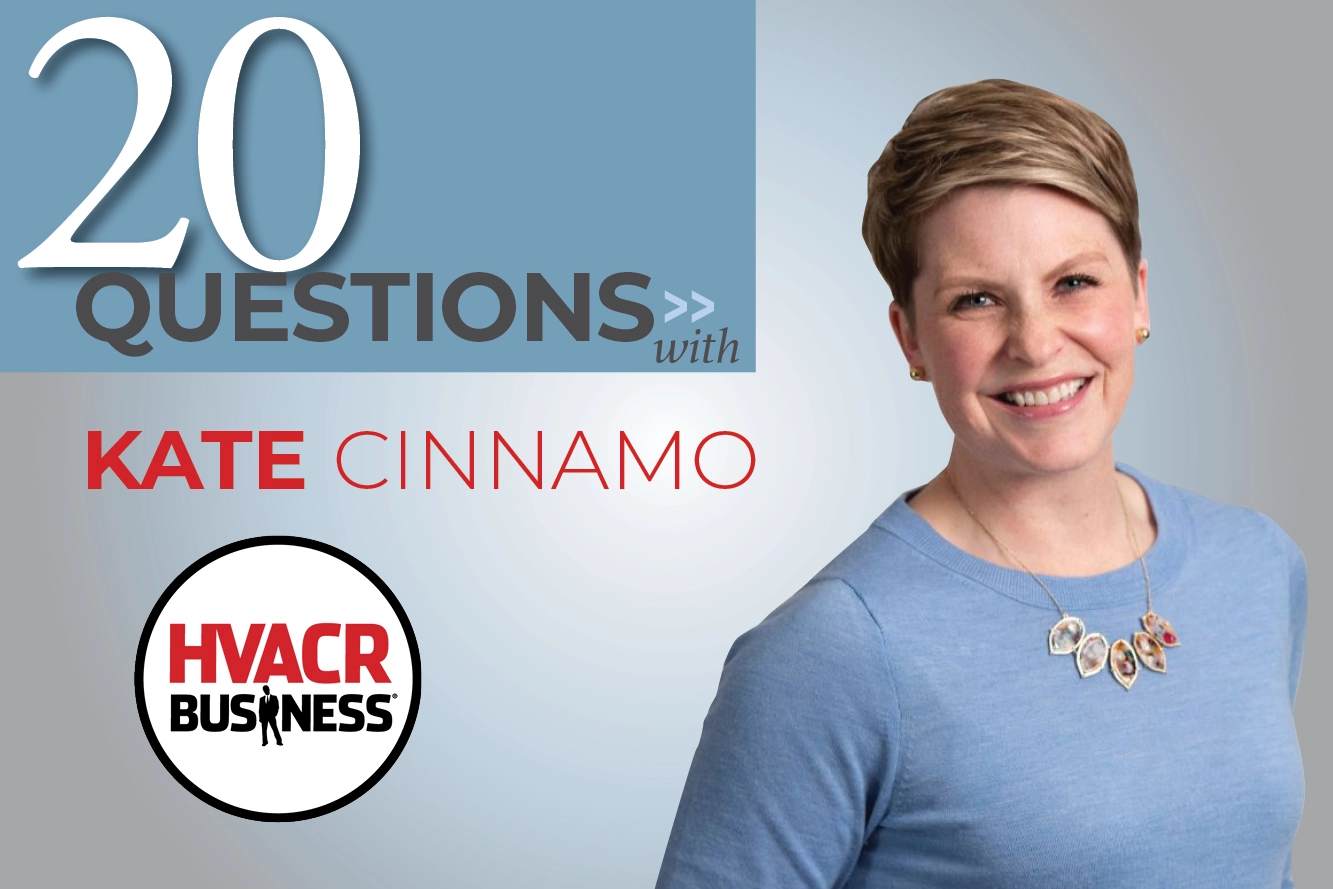We sat down with Brian Stack, president of Stack Heating, Cooling & Electric in Avon, Ohio. Stack, who grew up in the industry and took over the business from his father, discussed reinventing the company and growing organically, working with family and the benefits of training the industry.
1. How did you get your start in this business?
Being a family business I basically started in the sixth grade working weekends and summers and then through high school. After high school, I went to Ohio University for a year for mechanical engineering, then decided to switch to architecture and attended Ohio State. And then decided I didn’t like any of that stuff and came back home to work in the business.
2. How has the company evolved?
My dad, Andy, started Stack Heating in 1976, and in 1988 he started a second company that specialized in steam and hot water heat. By 1990, he sold off the forced air company and we did strictly steam and hot water heat and radiant flooring until 2008.
3. What happened in 2008?
The hydronic business kind of plateaued in sales. To gain more customers, my brother Kevin and I decided to get back into the forced air business.
4. What was it like to make that transition?
It wasn’t difficult because we got calls all the time for it and we would refer those customers to other companies. So when we made the switch, we simply started telling them we could do everything.
5. Was it challenging?
The economy dip in 2008 didn’t affect us. We continued to grow during that time because we diversified what we were doing and adding the forced-air side of the business just helped us keep moving forward. So while some companies were laying people off, we were hiring and able to grow.
6. How did your marketing change?
We changed it around a little, but we’ve never done a lot of heavy marketing. Our marketing budget is very small. We’ve got a couple of billboards around town, but mostly we rely on our fleet of trucks and the word of mouth of our customers.
7. How has the business grown since then?
We’ve grown from just under $2 million to $7 million last year, and went from 10 employees at that time to 45 now. It’s been slow and managed. We haven’t been really crazy aggressive with it ... we just let it happen organically.
8. What’s your current business mix?
About 60 percent residential, 35 percent commercial and 5 percent electrical. We started an electrical division three years ago so that we’re slowly growing also. We looked at electrical as a natural complement to what we were doing.
9. How many family members work in the business?
My brother Kevin and I have ownership, along with my dad. My brother Jeff was an installer and is now our purchasing agent, and my sister Mary runs the office.
10. How do you separate business and family?
Luckily we all get along really well so even while we’re here working together we joke around, we have a good time, we can talk about family here and work without a problem. Everything mixes well together and everybody knows their roles. Outside of business, family parties and stuff, we talk about both ... we talk about kids, the family and still talk about work a little bit at a party but not a lot. We’re able to separate it and get along great.
11. When did you take on that leadership role?
Probably in 2005 or 2006, I started helping out doing more of the management stuff. Our dad never really wanted to grow the business; he was the taciturn business owner. He liked working in the field — and still does. He’ll be 69 this year but he still likes going out there, working and putting in equipment. He told us if we wanted to grow the business that’s fine, he just didn’t want to have to deal with the day-to-day stuff.
12. What’s your management style?
Low key. I do not micromanage. I try and talk with and help the managers out and manage their departments. Not necessarily tell them what to do, but talk with them about the situations and what their options are and let them do their own thing.
13. How do you motivate your people?
Motivation comes from positive reinforcement of things that they’re doing. Besides the normal stuff of the bonuses and SPIFFs and getting them excited about what they’re doing, we’ll do a lot of company gatherings or little things in the morning. Just being friendly with them every day is motivating
14. How important is it to make them feel appreciated?
Everyone knows the purpose or what the direction of the company is with the core values. Everyone’s here for a career, they know that, not just a job to collect a paycheck. We make sure that we tell them we care about their families and want to help them with their education.
15. How do you do that?
We have a training center where we send them for classes. Just this year we hired a part time trainer who teaches classes every Tuesday and Thursday evening. We’re building a curriculum and, hopefully, by next January he’ll be full time.
16. What other plans do you have for training?
We’re working on a new training center and we’ll have a curriculum set up for a beginner technician, installation tech, service tech and electrician, and build that up through four or five levels of technician training.
17. How has that helped with recruitment?
Our employees talk to other people and tell them what we have, tell them that we do offer training. You’re not just coming here and getting thrown out on the job to learn on the job all the time but you actually have a structured program where you can learn and develop your skills faster.
18. How do you combat the labor shortage?
We all say there are not enough people out there to hire, yet we’ve been able to grow. So there are people out there, I just don’t think that they’re given enough time to try and learn. As we’ve grown it’s become easier because I can hire two or three apprentices and train them
19. What’s an unexpected benefit to training?
Even if we build that apprenticeship program, if a couple of those guys don’t make it here hopefully they’re trained good enough to work with somebody else. I don’t have a problem with that at all. I have never looked at any of our competitors as a rival. There’s so much work out there.
20. What do you like to do when you’re not here doing this?
Boating. I bought a 1965 Lyman softtop sleeper, it’s a wooden boat taking up a lot of my time trying to restore it. That’s my winter project. I hope to have it ready and out on Lake Erie by May 1.
20 Questions with Brian Stack






